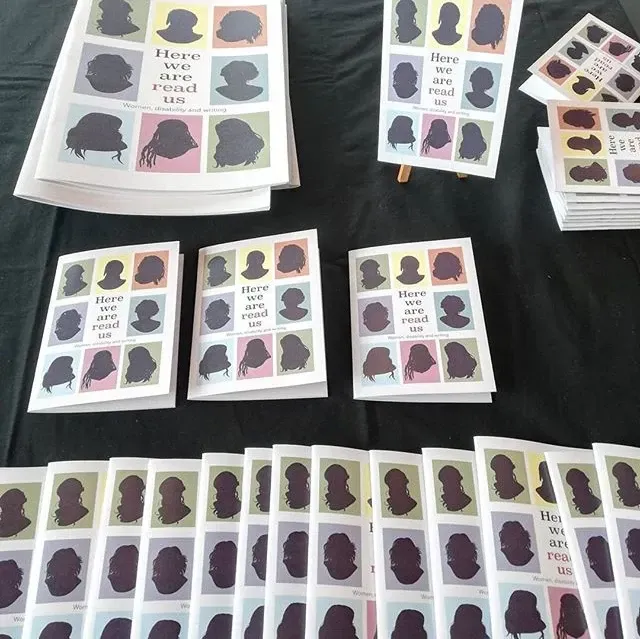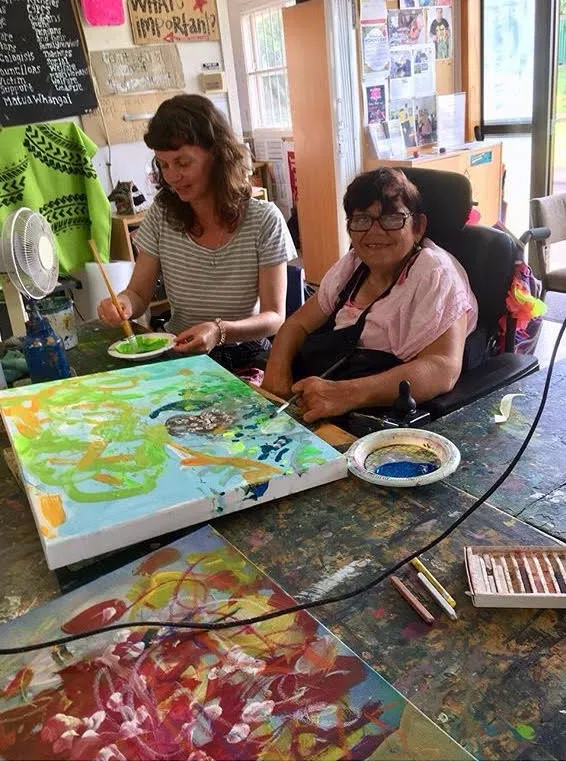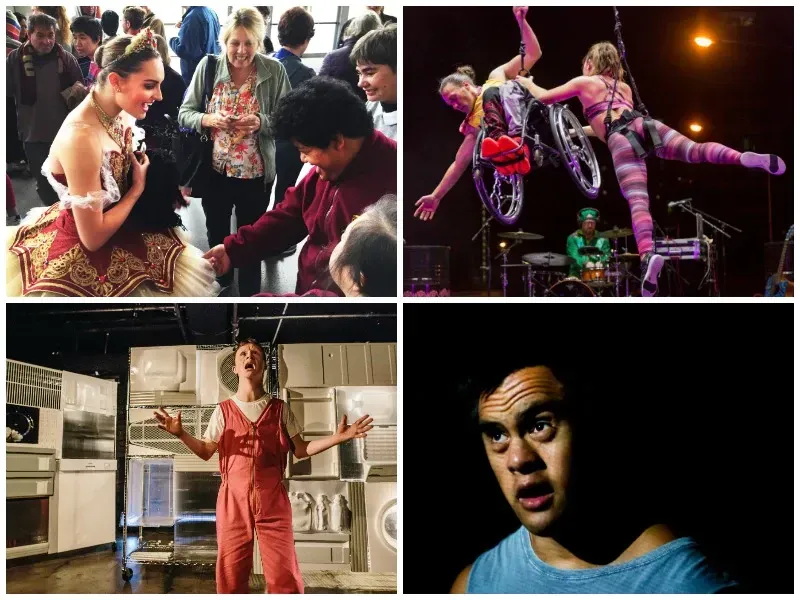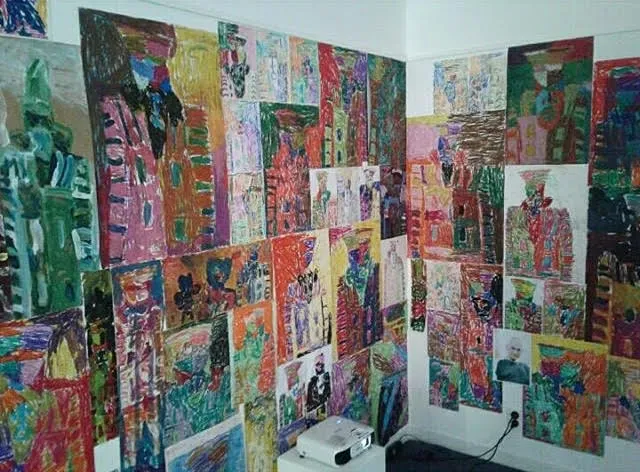Counting the Beat: Open Arms
Written by
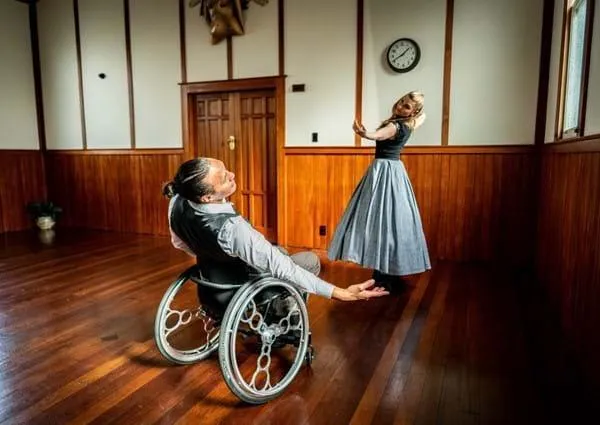
In recent weeks, in the process of change and challenge, I’ve found myself contemplating the part I’ve played when it comes to inclusivity. Whether my eyes and arms have been open wide enough. And the truth is, they haven’t.
The Count
24 - Almost 24% of people living in Aotearoa identify as disabled. That’s almost a quarter of our population.
3,835,200 - A significant eight in ten Kiwis attended or participated in the arts in the most recently recorded year.
0 - The amount of times I’ve been concerned about accessibility before attending a show, worried about accessibility before practising an art form, or ever even thought about accessibility in the arts, prior to this week.
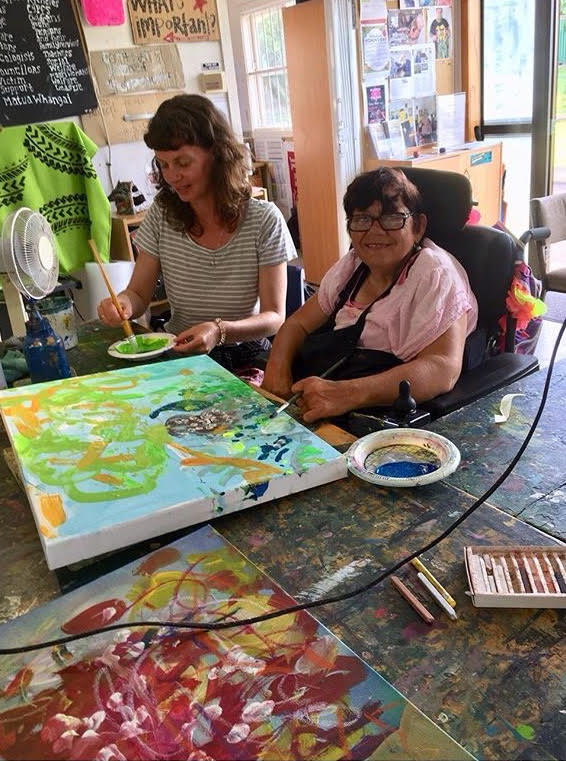
Art is imperative
Type #CreateAroha into Instagram, Twitter, Google or even Bing (yes, Bing is still a thing) and you will find links to hundreds of testaments proving the power of creative expression. I believe access to art is a human right. I also believe that it is our duty as a society to embrace and celebrate inclusivity and diversity in the arts, amongst all areas of life. And yet, when it comes to New Zealand’s largest minority group, disabled people, I would have previously struggled to count five artists with a disability that I knew of. I would have struggled to count two. I grew up seeing a reflection of myself in mainstream media and that shouldn’t be a luxury, but it is. Maybe I’m alone when it comes to my lack of awareness about the disabled community, and I truly would love to hear that I am, but if not, let Crip the Lit start the conversation for you as it did for me.
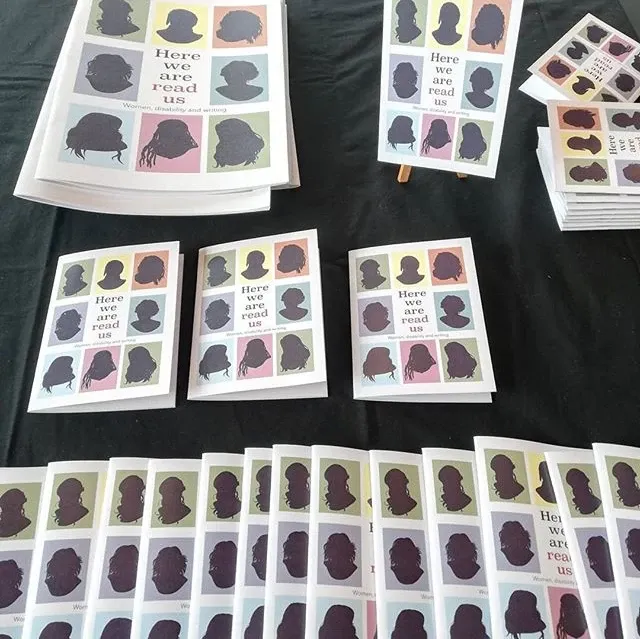
Earlier this month, Arts Access Aotearoa published a media release on The Big Idea for a new book titled ‘Here we are, read us: Women, disability and writing’. On Sunday 24 March, Crip the Lit launched its publication in Wellington. Shortly after, I listened to the audio book, just one of the many accessible formats available for no cost. What I heard that night were eight honest, strong and undeniably human accounts offering empowerment and community to those who relate, understanding to those who don’t, and inspiration to all. What I heard was important. Your voices, Tusiata Avia, Steff Green, Helen Vivienne Fletcher, Charlotte Simmonds, Michele Leggott, Trish Harris, Te Awhina Arahanga and Robin Hyde, are important. You already knew that, and now I do too.
Trish Harris and Robyn Hunt created Crip the Lit to support and celebrate the work of disabled writers. As they say in their introduction, “When the voice of disabled writers is strong, their words, our words, can transform worlds.”
So, how will I open my arms? I started by listening. If you click here, you can too.
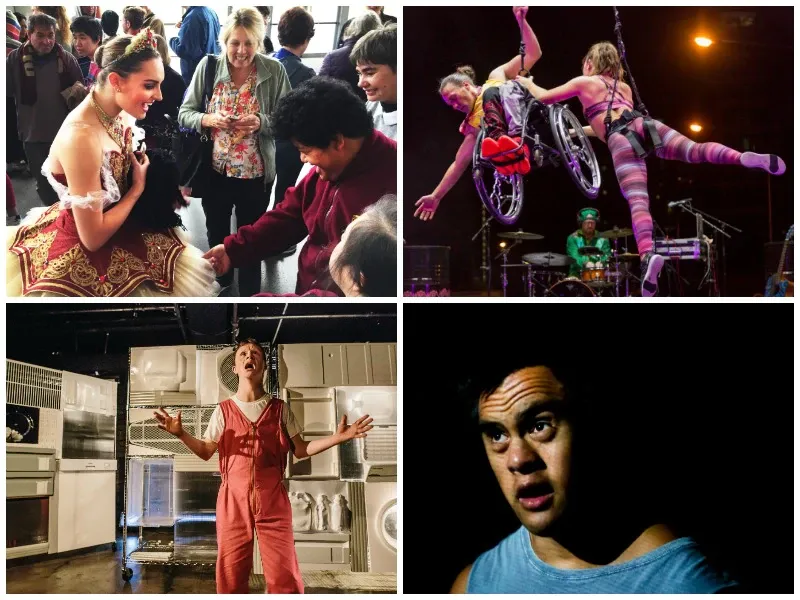
Below are just a few of the other fabulous organisations dedicated to supporting artists and lovers of the arts who happen to have disabilities:
Touch Compass, an inclusive performing arts company, will be presenting a duet at this weekend’s Cuba Dupa, performed by Julie van Renen and Rodney Bell.
A Supported Life spent the past week painting a mural titled ‘Picasso would be envious’ in Auckland’s Wynyard Quarter.
LOUD Creative will be holding Stage Classes for People with Disabilities in Hamilton, facilitated by Kate Booker.
Māpura Studio in Auckland offer art programmes for people with disabilities.
Arts Access Aotearoa | Putanga Toi ki Aotearoa is a fantastic resource for more information about increasing access to the arts.
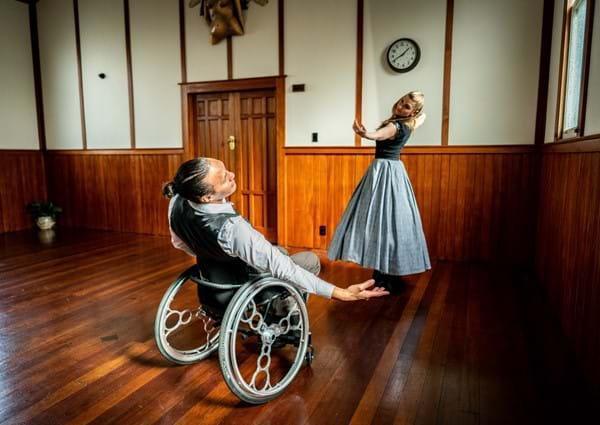
Image credits:
Māpura Studios tutor Brydee with artist Lynette, image by Māpura Studios
Crip the Lip books at the launch event, image via Arts Access Aotearoa
Collage of Arts for All Network events, image via Arts Access Aotearoa: Royal New Zealand Ballet includes relaxed performances in its accessibility programme while performers Rodney Bell, Brydie Colquhoun, Duncan Armstrong and Jacob Dombroski take to the stage with award-winning shows.
Dancers Julie Van Renen and Rodney Bell performing a Touch Compass' piece, Drift. This performance will be part of CubaDupa in Wellington this weekend, March 30-31.
